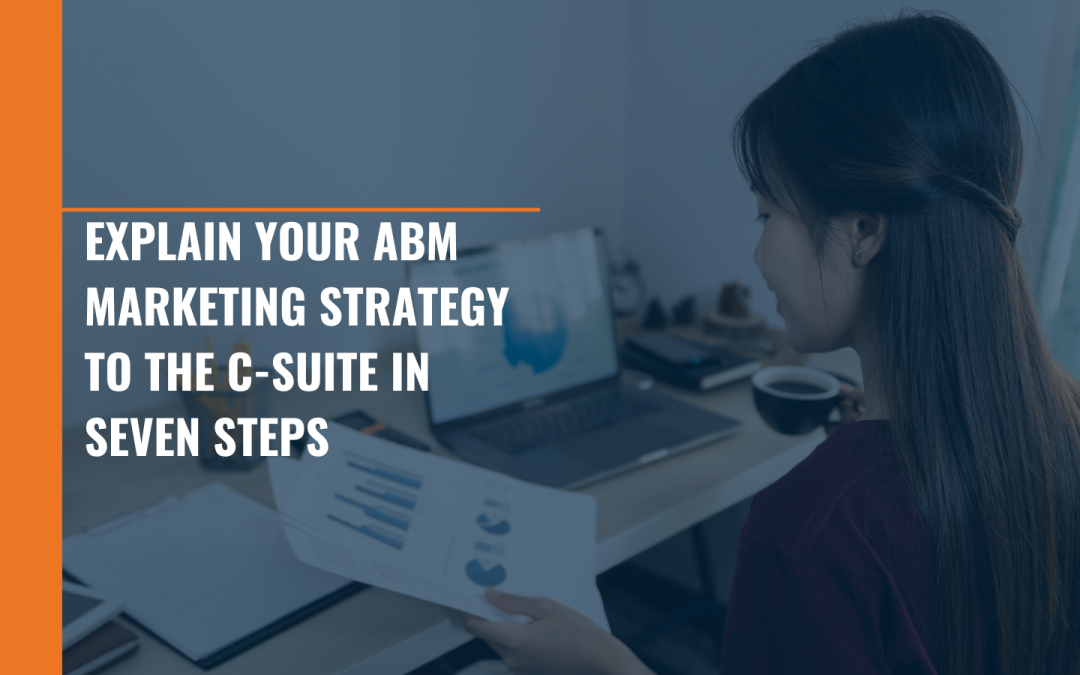
B2B marketers need to be able to figure out which campaign touches drive engagement and, ultimately, conversions and revenue. Attribution models can yield insights that allow marketers to make better spend allocation decisions. Single-touch attribution models like first-touch, last-touch and tipping-point can help marketers better understand lead generation, conversions, and the marketing-to-sales handoff.
Multitouch attribution can also generate important insights on how campaigns impact pipeline and revenue, but it’s critical to avoid mistakes during implantation and to understand the limitations and capabilities of each type of model. Here are five tips that can help you improve your multitouch attribution results.
- Create models that reflect your marketing strategy. It may sound simple, but it’s easy for marketers to get caught up in the different possibilities attribution models offer and miss this basic step. Are you running campaigns to improve the engagement of both new and active leads? If so, consider an even-spread multitouch attribution model that evaluates campaigns across the entire sales cycle. Are you looking to influence prospects later in the sales cycle? Take a look at a time decay attribution model, which gives later touches greater weight.
- Make you understand the business question you’re asking. In addition to aligning the model you choose with the marketing strategy, make sure you understand the business question you’re working to answer. For example, if one campaign strategy is to activate new influencers at top target companies, the business question might be, “What was the lead gen campaign’s impact on pipeline and sales this quarter vs. last quarter?” You’ll need to account for the business question too when setting up reports based on your multi-touch model.
- Apply appropriate reporting parameters. Once you have clarity on the business question you’re asking and choose a model that reflects the marketing strategy, it’s time to apply the right reporting parameters so that your dashboards and reports give you meaningful data. For instance, you might be examining results on a particular date, timeframe, or market segment. Setting the relevant parameters will ensure you get data that is actionable and relevant to the business question you’ve set out to answer with your campaign analysis.
- Combine attribution and funnel metrics to drive efficiency. This holds true for single-touch and multitouch attribution methods: Attribution helps you invest more efficiently, but you’ll also need funnel metrics to drive process efficiency. Also, keep in mind that it’s crucial to use CRM as your data repository because it is the revenue system of record. When you analyze funnel metrics inside the CRM, you can track volume, velocity, and conversion rates and identify any process issues with sales to drive overall efficiency.
- Hold regular meetings with sales and marketing colleagues. Related to the point above, it’s important to make sure everyone is on the same page, and that requires regular meetings with your relevant marketing ops/lead gen colleagues plus the sales/revenue teams that depend on your campaigns to generate business. During meetings, the group should review funnel metrics to identify trends and sticking points, and relevant individuals should take on action items to alleviate bottlenecks as appropriate.
Marketing attribution in general and multitouch attribution specifically will remain key components of B2B campaign measurement because they are essential for efficiency. Without actionable data on campaign performance, marketers can’t invest budget dollars where they produce the best results.
But it’s important to keep in mind that attribution is one-half of the efficiency equation. Funnel metrics matter too. When you can track both inside the CRM, you’ll be able to drive efficiency across the board and in even collaboration with your sales team.
Choosing an Analytics Partner for ABM Strategy
CMOs choose marketing analytics solutions to optimize their ABM strategy, improve process efficiency and illustrate marketing’s contributions to revenue. However, the martech sector has expanded rapidly over the past decade, and B2B marketing has evolved,...

2023 Outlook: This Year’s Hottest ABM Trends
The rise of account-based marketing (ABM) has been a perennial favorite in B2B marketing trend roundups, but it’s now clear ABM is much more than just a trend. Foundry’s 2022 ABM & Intent Benchmarking Study identifies ABM as the dominant marketing strategy...

Full Circle Insights Partners with Bombora
SAN MATEO, Calif., Jan. 24, 2023 /PRNewswire/ — Full Circle Insights, which provides marketing and sales performance measurement solutions that enable B2B marketers to optimize their marketing mix and drive more revenue, and Bombora, the leading provider of B2B Intent...

ABM Framework to Drive Marketing Success
The Forrester B2B Revenue Waterfall is a popular framework for B2B marketers who are using an account-based marketing (ABM) strategy. It works well because it fully describes revenue opportunities — breaking them down into acquisition, retention, upsell, and...

Achieving Full Visibility in ABM Funnel
B2B marketers have migrated to an account-based marketing (ABM) approach in massive numbers over the past few years. The ABM strategy matches the way the overwhelming majority of B2B products are sold by focusing on account-based targeting rather than marketing...

Crafting a Powerful ABM Strategy for C-Suite
As account-based marketing (ABM) surges in popularity, more B2B marketing executives are excited about the benefits of the approach and exploring measurement products that can help them capture ABM campaign data and generate insights. For marketing executives...

6 Reasons for ABM in Your Campaigns
As explored in a recent post, it makes sense for most B2B marketers to use an account-based marketing approach instead of response-based marketing. If you’re a B2B marketer, you’re probably selling to accounts that fit into a narrow ideal customer profile, and...

Aligning Sales & Marketing for ABM Success
Account-based marketing (ABM) has quickly become the predominant strategy for B2B marketers. B2B marketing operations are allocating a greater share of their budget to ABM because targeting accounts is more efficient than targeting people, but also because ABM...

Account-Based vs. Response-Based Marketing
B2B marketers have been using account-based marketing (ABM) strategies for well over a decade, but several recent developments accelerated marketing’s shift to ABM, including the pandemic. HubSpot calculates 70% of marketers reported using ABM last year, a 15%...

Defining ABM Priorities: 4 Strategies
The growing popularity of account-based marketing among B2B marketers is well established — most B2B marketing teams have adopted an ABM strategy, though the maturity of the ABM model they use varies across marketing teams. If 2021 was the year of ABM marketing,...



